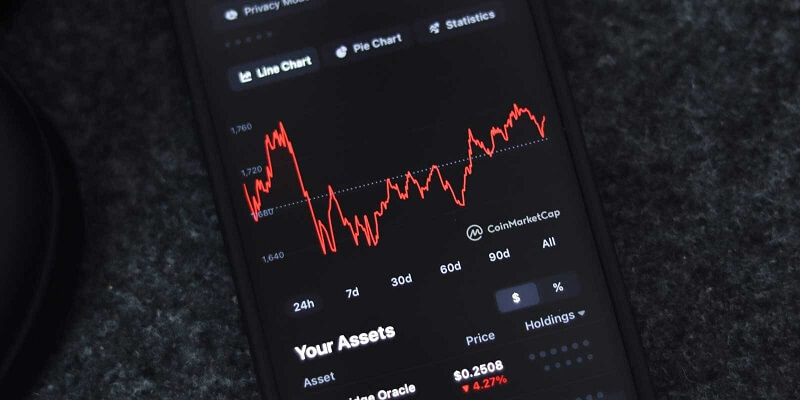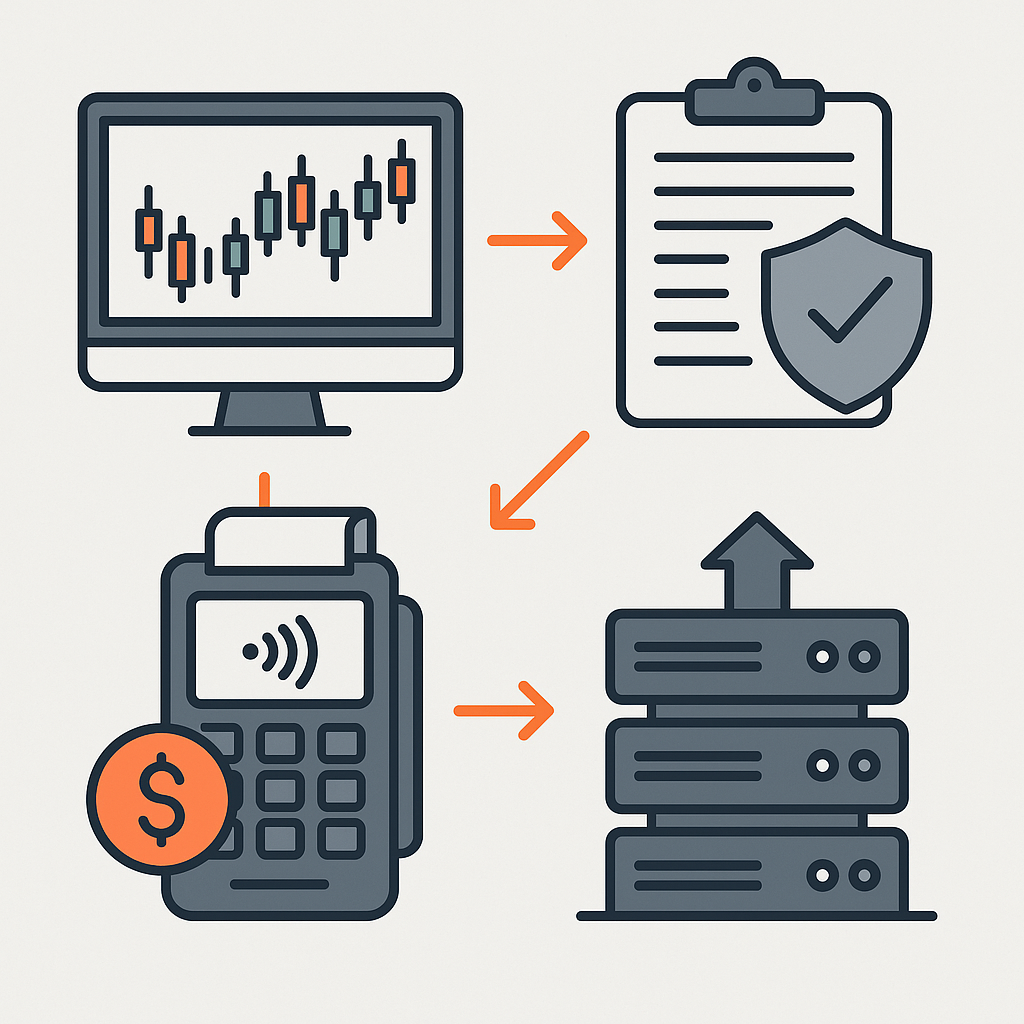Shape the future of financial innovation—and save on taxes. FinTech companies continuously experiment with platforms, software, AI, regulatory‑tech and infrastructure upgrades. Many such projects qualify for the federal R&D Tax Credit under IRC §41, plus state incentives.


Examples of qualifying FinTech R&D activities
- AI/ML Fraud Detection & Risk‑Scoring Engine Building/training models, testing performance under real‑world data, optimizing latency, reducing false positives.
- Digital Payments/Settlement Platform Designing a new payments engine, integrating multiple rails, stress‑testing throughput/security/regulatory functions.
- Regulatory Technology (RegTech) Solution Developing compliance‑automation frameworks, real‑time monitoring systems, sandbox experimentation, iterative logic design.
- API & Micro‑Service Infrastructure for Financial Services Creating scalable, low‑latency modules, experimenting with containerised micro‑services, performance tuning.
- Blockchain or Distributed Ledger for Finance Integrating DLT for settlement/clearing, building tokenised assets infrastructure, experimenting with smart‑contract settlement flows.
- Risk Modelling & Predictive Analytics Training algorithms to forecast market/credit behaviour, experimenting with new data‑science approaches, system integration.
What qualifies as R&D in FinTech?

To qualify, FinTech R&D must:
- Aim at a permitted purpose — for example, a new algorithmic trading engine, a regulatory‑compliance platform, a novel digital‑payment system, or a new back‑office architecture for financial services.
- Tackle technical uncertainty — e.g., “Can the new underwriting algorithm reduce default rate by 30% while scaling to 1 million users?”, “Will the payments framework process 10 k TPS with latency <100ms while meeting regulatory/AML thresholds?”, “Can the platform maintain required security/performance under dynamic load and regulatory change?”
- Use a process of experimentation — modelling, simulation, algorithm training/testing, sandbox trials, iterative platform upgrades, A/B testing of critical modules.
- Be technological in nature, grounded in software engineering, data science, machine‑learning, algorithm development, systems architecture, cyber/financial‑security or infrastructure design.
Qualified Research Expenses (QREs)
Roles commonly involved in qualifying activities
- Software Engineers & Platform Engineers (FinTech)
- Data Scientists, Quant Analysts, ML Engineers
- Compliance/RegTech Developers & Analysts
- Payments/Rail Infrastructure Engineers
- DevOps/Cloud Engineers focused on fintech throughput/latency/security
- External fintech‑R&D partners or academic‑industry collaborations
What does not qualify
- Routine financial‑software maintenance, compliance reporting, standard banking operations without experimentation
- Installing off‑the‑shelf fintech platforms with no technical improvement
- Business development, sales, marketing, general administration tasks
- Infrastructure purchases not tied to documented R&D experimentation
Compliance and Documentation
Following the One Big Beautiful Bill Act (OBBBA) signed July 4, 2025, §174 now allows immediate expensing of domestic research expenses for tax years beginning on or after January 1, 2025. Taxpayers may also elect optional amortization under new §174A. Foreign research expenses must still be amortized over 15 years. This is separate from the §41 credit but impacts overall tax planning.
Idle documentation pitfalls: maintain clear records including:
- Scope/hypothesis of project (“Can our new fraud‑detection model detect 95% of attacks in real‑time with latency <50ms?”)
- Logs of algorithms/model iterations, sandbox test results, deployment test findings, version history
- Time tracking of research vs routine tasks, payroll codes for staff in experimentation, cloud/train hours used
- Data‑set sourcing, performance metrics before/after iteration, partner/contractor agreements
Frequently Asked Questions


Yes—as long as the work involves experimentation, development of new/ improved systems, algorithms, platforms or infrastructure and meets the four‑part test.


Wages of engineers, analysts and developers engaged in R&D, supplies and datasets used in experimentation, cloud/compute for testing/training, and third‑party contract‑R&D fees (subject to limits).


Examples include AI‑driven fraud/risk systems, new payments/settlement platforms, RegTech automation, algorithmic trading infrastructure, fintech‑blockchain/platform development.


Routine version updates, standard platform implementation without experimentation, marketing/sales/compliance work not tied to development, general IT support.


Maintain project briefs outlining objectives/uncertainties, iteration logs, testing/sandbox results, cloud compute usage data, time‑allocation records, and third‑party research agreements.
Next Steps
Use our calculator to estimate your potential federal and state benefits
Schedule a consultation to structure your row crop research activities
If you are innovating in agriculture, you may already be doing R&D. Let's make sure you are rewarded for it.
Contact Strike Tax Advisory
Ready to maximize your R&D tax credits? Get in touch with our team of experts.






